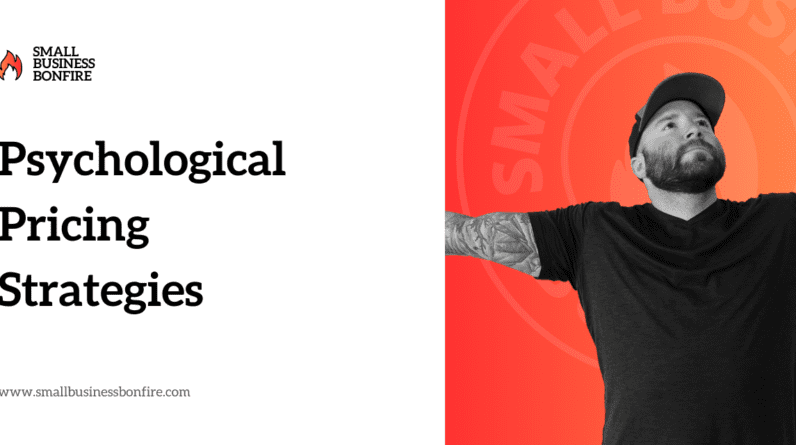
Here is a list of my favorite Psychological pricing techniques you can implement TODAY.
Price Anchoring
Price anchoring refers to the practice of establishing a reference point (the “anchor”) for a product’s price, which consumers then use to assess the value of other options.
It’s effective because consumers tend to rely heavily on the first piece of information offered when making decisions. E.G., a higher price.
This strategy works when showcasing pricing OR when on a sales call.
Charm Pricing
Charm pricing involves ending the price with .99 or .95 rather than a round number.
In their minds, consumers round .99 down to the nearest dollar amount.
That means they perceive a product priced at $4.99 to be closer to $4 than $5, making it seem like a bargain.
Decoy Pricing
Decoy pricing is a strategy where a company presents an option that is not meant to be chosen but serves to highlight the attractiveness of other choices.
The decoy price makes the target product appear more valuable, encouraging consumers to choose it over competing products.
Haven’t you ever been in a store and thought “Duh, it’s obvious which to choose”?
That might have been decoy pricing!
Artificial Time Constraints
Artificial time constraints involve creating a sense of urgency to prompt immediate purchase decisions.
Examples include limited-time offers or flash sales.
This strategy capitalizes on consumers’ fear of missing out, encouraging quicker buying decisions.
Price Slashing
Price slashing involves a significant reduction in the original price.
By showing both the original and the reduced price, businesses can highlight the value a customer is getting, increasing perceived value and encouraging purchases.
This strategy is interesting because the showcased price IS typically the price.
Price Appearance
The way a price appears can also influence purchasing decisions.
For instance, a price presented in a smaller font size or without a dollar sign can seem less daunting to consumers, subtly encouraging sales.
Or by removing the .00 from the end of a price, it can be perceived as less (because it’s got fewer numbers).
Innumeracy Pricing
Innumeracy pricing takes advantage of consumers’ struggle with processing numerical information.
For instance, “buy one get one free” deals may seem more attractive than simply 50% off, even though the value offered is the exact same.







